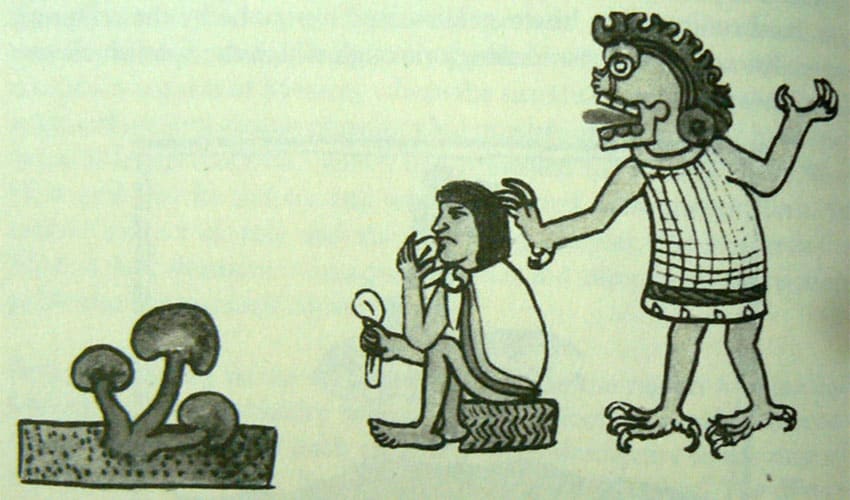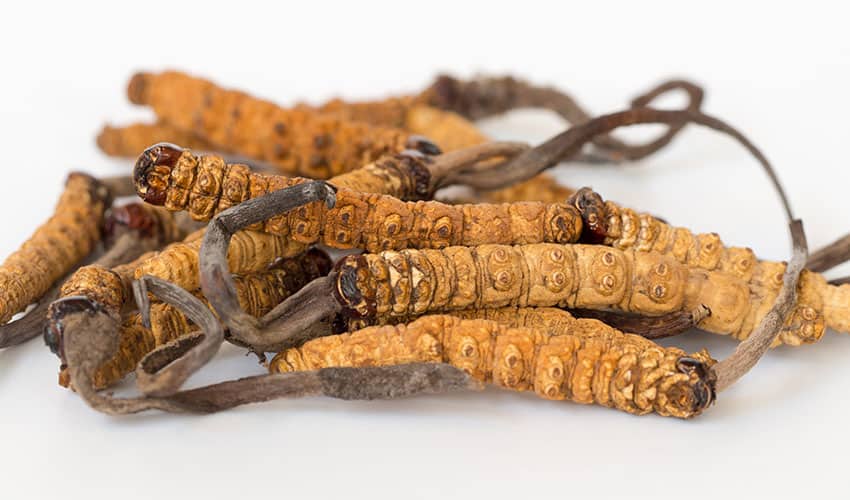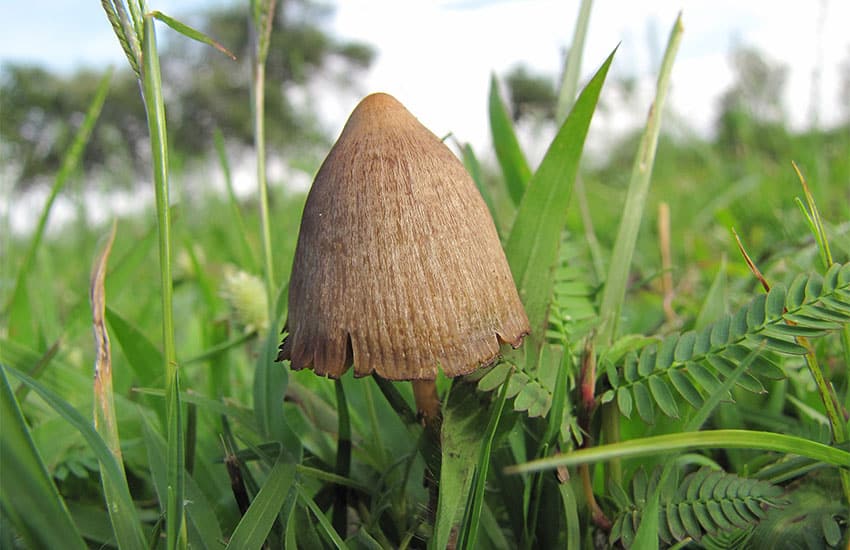Mushrooms: the latest health trend is centuries old

Mushrooms. So hot right now.
And apparently, they always have been.
Egyptians ate mushrooms to live longer. The ancient Greeks consumed mushrooms ceremonially for their visionary benefits. Certain Vikings used mushrooms before battle to render themselves “bloodthirsty and invincible.”
The Mexica referred to mushrooms as the “flesh of the gods.” The last Aztec ruler, Montezuma II, is said to have eaten copious amounts when crowned.
Mushrooms have a long medicinal history in Asia as well, one that continues today. But many people have only recently discovered it as a potential health aid.
In the 1950’s, mushroom tourism began to boom in Mexico with María Sabina, a Mazatec shaman. The husband-and-wife team R. Gordon and Valentina Wasson publicized their experiences meeting María Sabina and trying psilocybin mushrooms with her in magazines like Life, and it attracted a psychedelically hungry group of scientists, hippies and rock stars to the village of Huautla de Jiménez, Oaxaca, to meet her.
By 1969, as the counterculture used and advocated for psychedelics, magic mushrooms started becoming illegal worldwide. The U.S. and other countries banned psychotropic mushroom medical research, a ban that remained in place until fairly recently.

Today, restrictions are finally easing on psychedelics, including “magic mushrooms,” and the promise of many regular mushrooms as well as a health aid is growing. There are currently several non-psilocybin types that are being used as a viable alternative to pharmaceuticals.
Many of the fungi that are considered medicinal can be found right here in Mexico.
To get a feel for the different styles, I spoke to Micelio, a lab based in Amátlan, Veracruz, that grows, powders and packages them in a variety of ways. They told me about the three most coveted types of mushrooms and the health benefits often attributed to them.
Lion’s Mane
May help with: brain and gut function
What does it do? A study by researchers from the Queensland Brain Institute in Australia isolated elements of Lion’s Mane and added them to cultured neurons from rat embryos. The scientists found that axons grow doubly long. Other studies on animals have shown Lion’s Mane to hold promise for stimulating brain neuron regrowth, improving cognitive function, protecting against dementia and even protecting against ulcers.
How is it consumed? In a capsule, as a powder or cooked in its natural form. The Lion’s Mane is a spherical fungus covered with long hairlike projections that, as you may have guessed, resembles a lion’s mane.
Cordyceps
May help with: blood health and oxygen levels
What does it do? Research studies have suggested that cordyceps dilates the aorta and increases blood flow, and appears to improve exercise performance and athletic stamina for some people. It may also increase sex drive and decrease blood sugar levels (the latter by mimicking insulin)
Note: If you’re a fan of the HBO series “The Last of Us,” you may have recently heard about cordyceps and be taken aback at the idea of using this fungus as a potential health aid. This article explains that while fungal infections are indeed of concern (though not from eating mushrooms), you don’t need to worry about any danger from cordyceps.
How is it consumed? Dried mushrooms are infused in hot water and consumed as tea. Also taken in capsule form.

Reishi
May help with: immune system function
What does it do? Used for centuries in Japanese and Chinese medicine — and in contemporary China to support immune function in cancer patients receiving chemo or radiation therapy, reishi has been reported in a few preclinical studies to produce cancer-fighting effects and arrest cell growth, but only so far in vitro and on lab mice.
Those results have been difficult to reproduce in humans, but a study using the blood of lung cancer patients found that reishi appeared to inhibit cancer cells from suppressing the body’s immune response. Reishi has also been anecdotally reported to regulate blood pressure, improve blood circulation and reduce inflammation.
How is it consumed? As a powder, tea or tincture.
And then there are the magic mushrooms, of which there are many varieties that many doctors and mental health professionals believe carry noticeable mental health perks, all due to the key interactive ingredient, psilocybin.
Mushrooms have been used in traditional Chinese medicine for more than 2,000 years and psychedelic mushrooms have been consumed by indigenous communities for 3,500 years or more. This article is simply meant to be informative, it is up to you to further research the benefits for your personal use.
Psilocybin
Psilocybin has been intermittently researched for decades as an alternative to pharmaceutical depression treatments, and its use is rising in popularity by the day.
What does it do? According to David Nutt, a neuropsychopharmacologist at the Imperial College of London, psilocybin “makes the brain more flexible and fluid…less entrenched in the negative thinking patterns associated with depression.” It’s also thought to lower anxiety, relieve PTSD, help with migraines and treat addiction.
How is it consumed? Usually in a controlled capsule form.

Mushrooms are currently illegal in Mexico unless they are being used for traditional spiritual practices or ceremonies led by a shaman, out of respect for ancient indigenous practice.
The three most common strains found in Mexico are believed to have been used (rather generously) by the Aztecs:
Psilocybe aztecorum: found at altitudes of 3,200–4,000 meters in Central Mexico.
Psilocybe caerulescens: found in sunny, muddy locations in the Sierra Madre Mountains and are still frequently used ritualistically by the Mazatec people.
Psilocybe mexicana: probably the most prevalent. Known today as pajaritos and by the Aztec as teotlnanácatl, these mushrooms are found in higher elevations around Oaxaca, Veracruz, and the State of Mexico.
And there you have it! Whether you’re looking to lower your blood pressure, ease your anxiety, fend off dementia or dissolve your ego, perhaps the answers you are looking for are right in your (figurative) backyard!
A final note: There are many poisonous mushrooms that can be fatal when consumed. Always purchase mushrooms for personal consumption from a trusted resource. Do NOT literally pick them from your backyard.
Bethany Platanella is a travel and lifestyle writer based in Mexico City. With her company, Active Escapes International, she plans and leads private and small-group active retreats. She loves Mexico’s local markets, Mexican slang, practicing yoga and fresh tortillas. Sign up for her (almost) weekly love letters or follow her Instagram account, @a.e.i.wellness.
Source: Mexico News Daily

